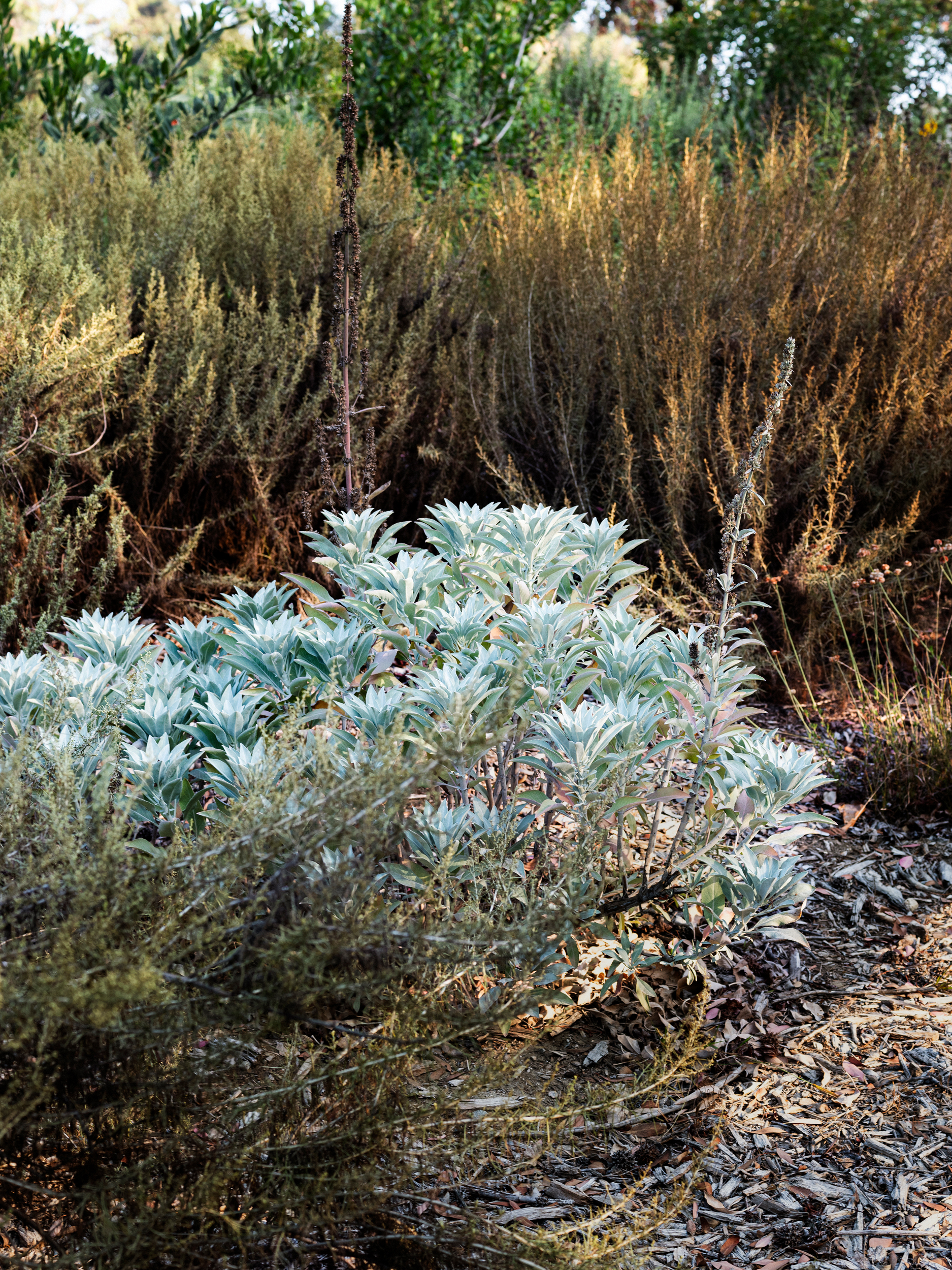Anza Trail Native Garden
4659 Crystal Springs Road
Los Angeles, CA 90027
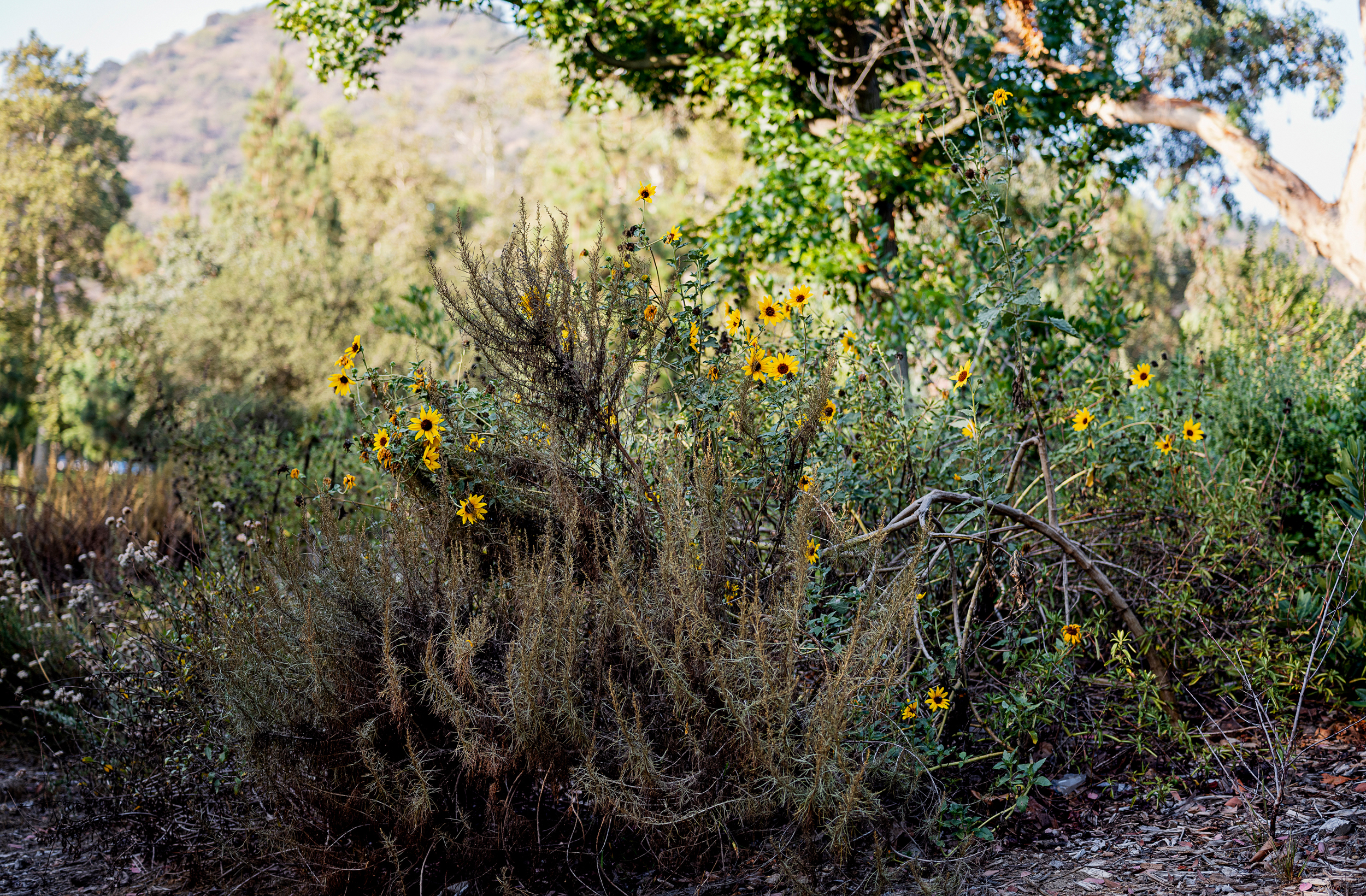
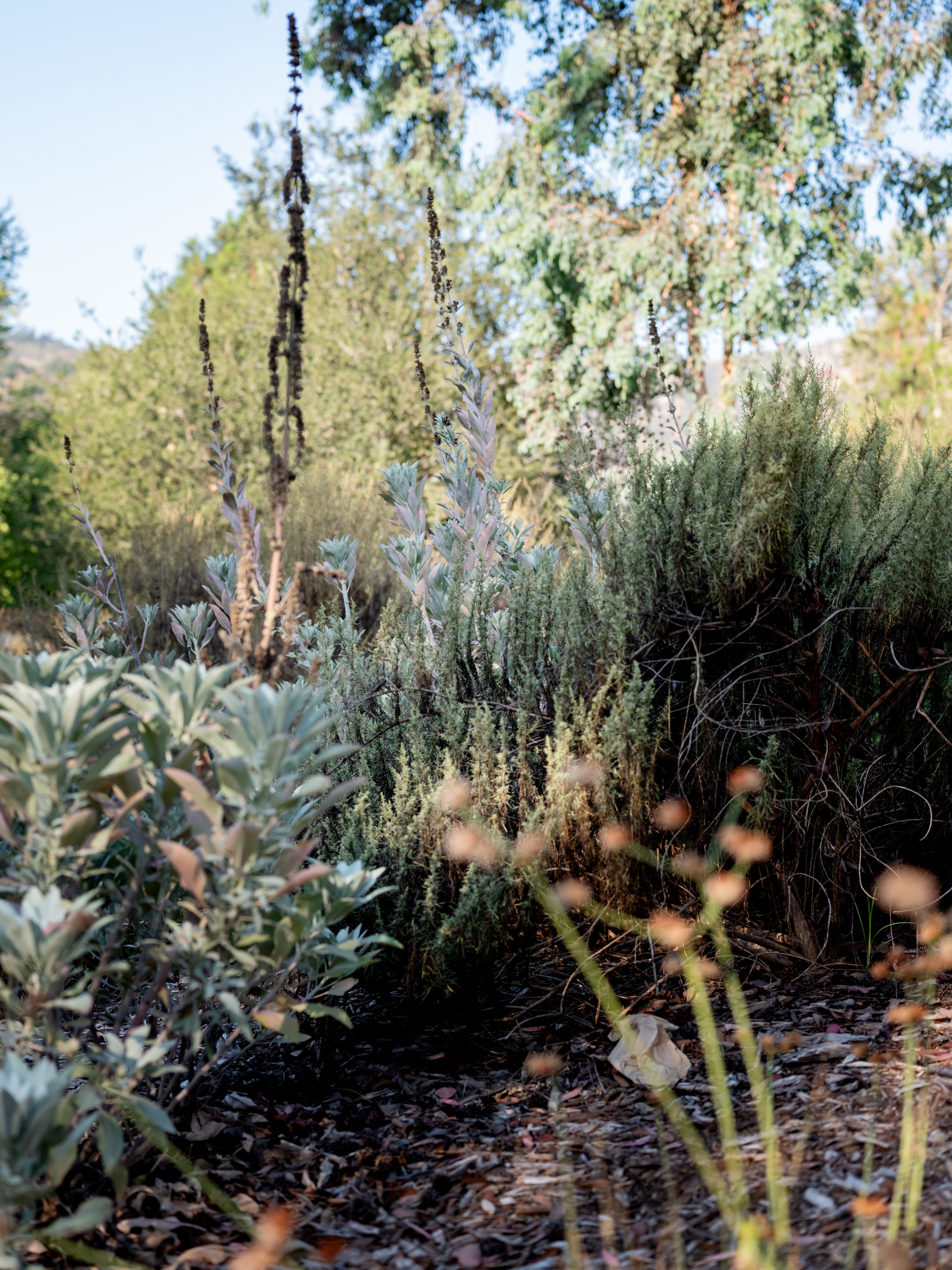
Established:
2019
Size:
little
Features:
Historic Interest
Hiking trails
Picnic Areas
Los Angeles River
Best time to visit:
The Anza Trail Native Garden is best viewed in the late spring to early summer. This is when the buckwheats, sunflowers and white sage are blooming.
The Anza Trail Native Garden was created to restore the native vegetation that lived here prior to Spanish colonization. It occupies a small corner of the eastern side of Griffith Park. The garden is a collaboration with Friends of Griffith Park, the National Park Service, Grown in LA, and the Los Angeles Department of Recreation and Parks. It was designed by Katherine Pakradouni, from Grown in LA.
It is a cross section of our local soft chaparral. California sagebrush, white sage, coastal sunflowers, penstemons, black sage and California buckwheats are all found in this corner planting. (Keep in mind though, the eucalyptus and maple trees that are still a part of the space are not native.) While small, it still brings a breath of life back to an area cornered between the 5 and a golf course.
What is most striking about this small garden, is how its presence highlights the complicated history of the Anza Trail. The National Park Services Griffith Park Guide writes, “The 4-mile recreation trail in Griffith Park is one of the best places in
It is a cross section of our local soft chaparral. California sagebrush, white sage, coastal sunflowers, penstemons, black sage and California buckwheats are all found in this corner planting. (Keep in mind though, the eucalyptus and maple trees that are still a part of the space are not native.) While small, it still brings a breath of life back to an area cornered between the 5 and a golf course.
What is most striking about this small garden, is how its presence highlights the complicated history of the Anza Trail. The National Park Services Griffith Park Guide writes, “The 4-mile recreation trail in Griffith Park is one of the best places in
the Los Angeles area to reflect on the legacy and impact of the historic Anza Expedition.”
At first this may seem like a strange suggestion, considering that the trail spends a fair amount of its time alongside two major freeways, at one point being separated only by a narrow break of trees from the roar of Interstate 5. It follows the course of the LA River and skirts around a large golf course. But, upon reflection, perhaps this is a perfect place to think about the effects of colonialism, of expansion, the dreams of the west and the damage that they caused.
“But, upon reflection, perhaps this is a perfect place to think about the effects of colonialism, of expansion, the dreams of the west and the damage that they caused.”
The garden gives us a small glimpse into the past. We see what has been lost and also in stark contrast what we have replaced it with. It asked the question of why we don’t have more native plants in the landscaping of the park. Why is this garden the exception and not the rule?
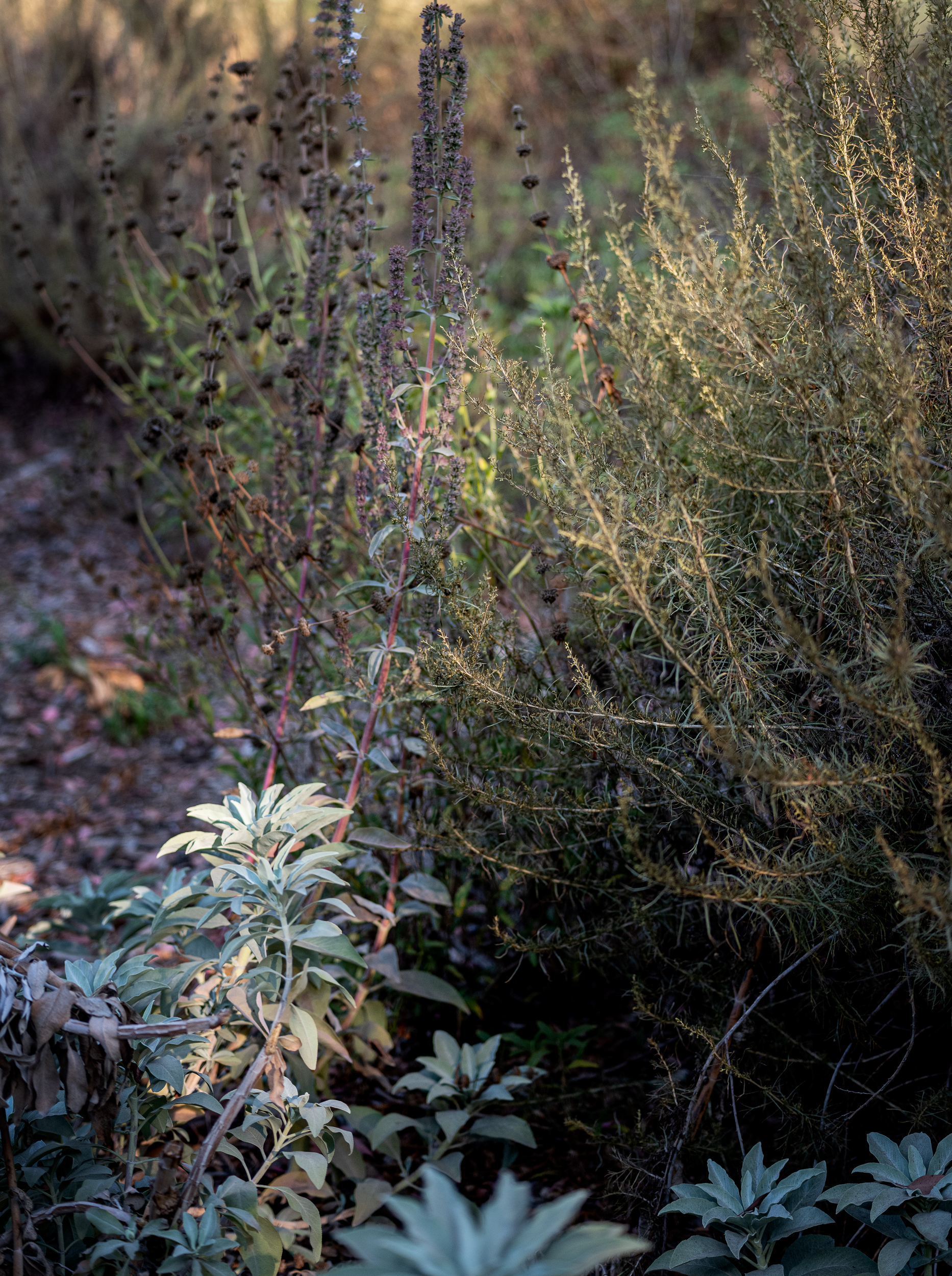
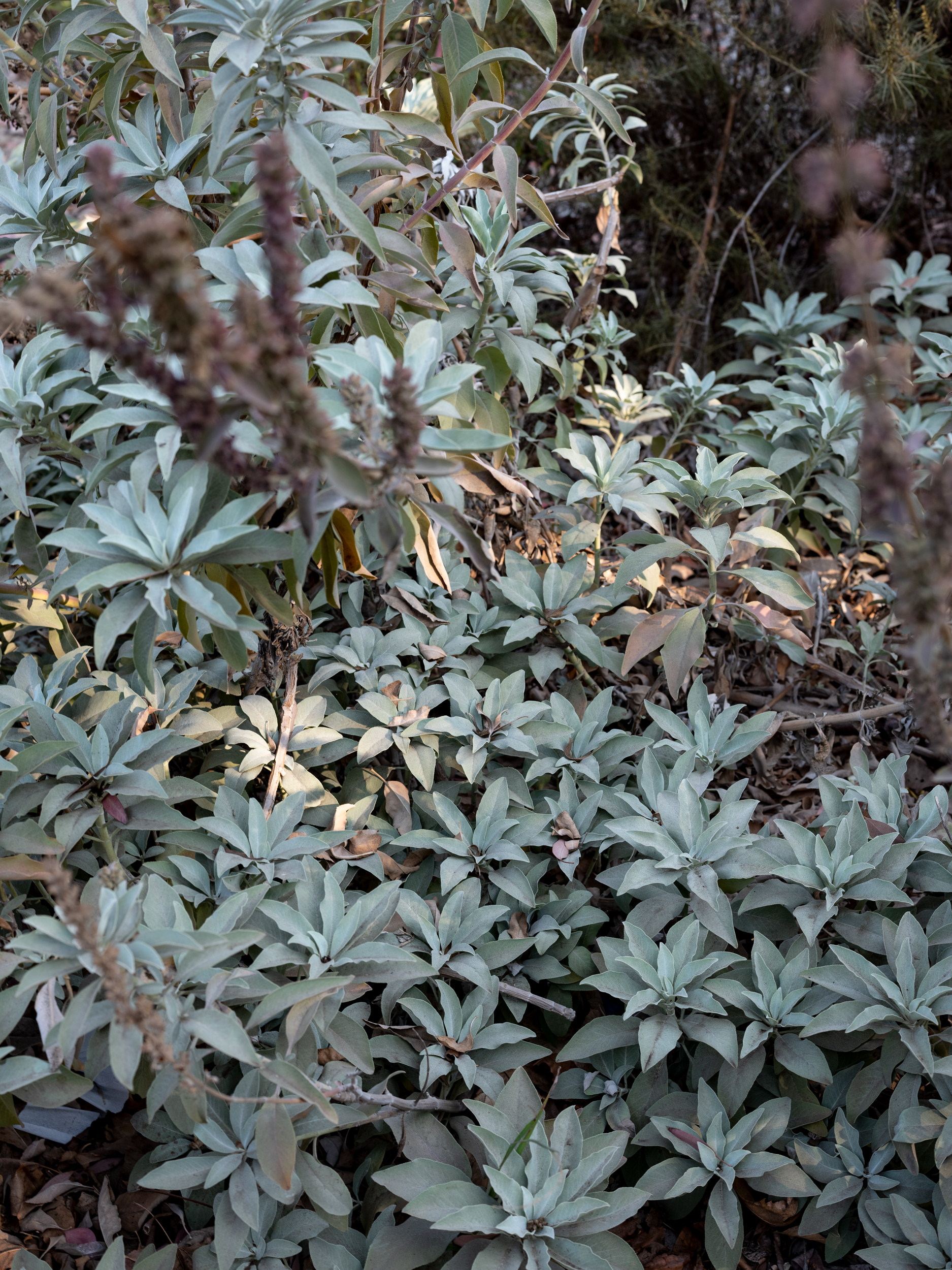
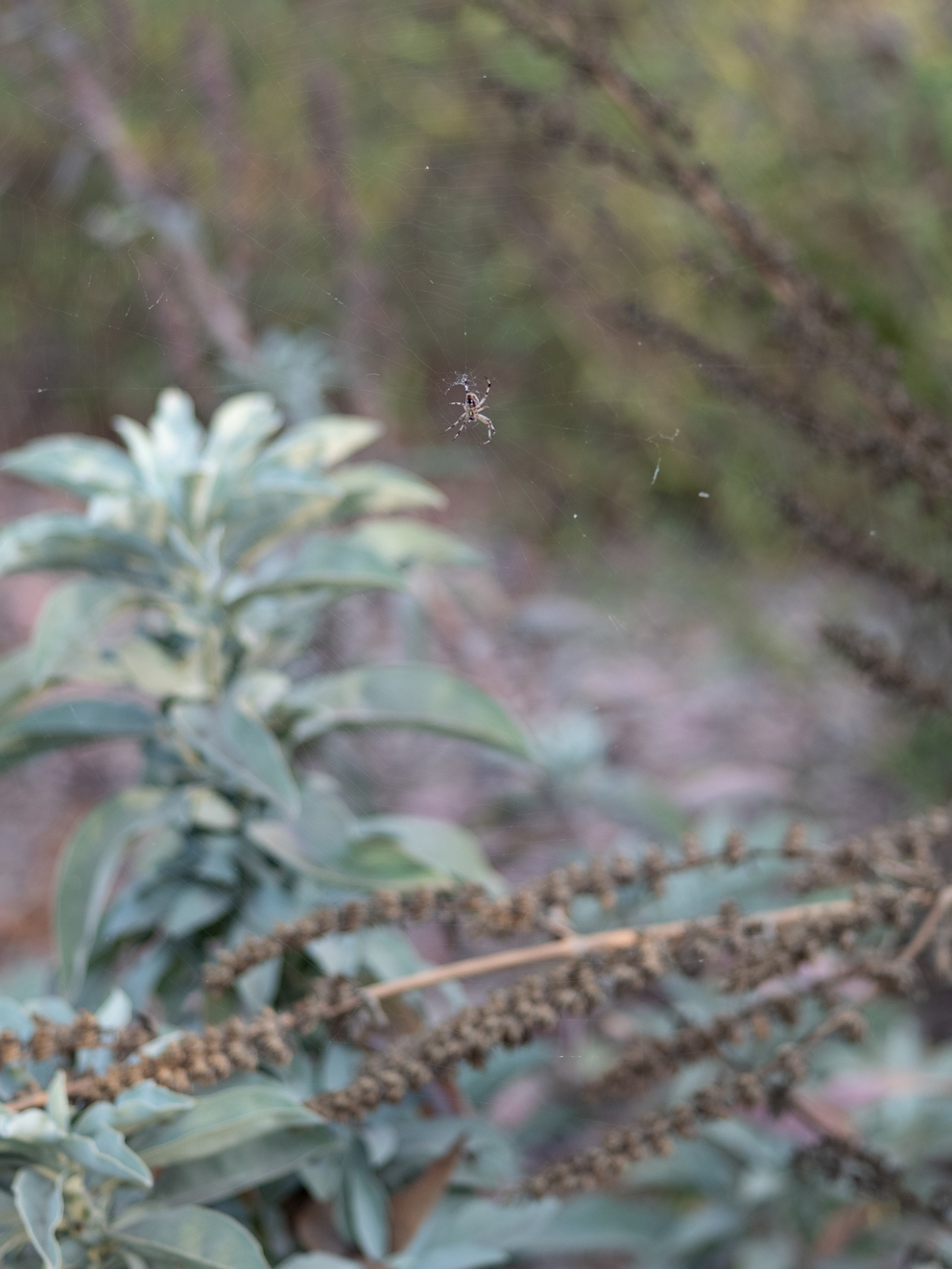
In October of 1775 a procession of people a mile long and half a mile wide traveled from Tubac, Arizona to colonize what would become San Jose, California. It was led by Juan Bautista de Anza, the captain of the Sonoran Tubac Presidio. Anza was commissioned by the Viceroy of New Spain, to gather a group of colonists and take them to the San Francisco bay. Anza gathered a group made of 240 soldiers and civilians, half of which were children, and a hundred head of livestock.
Their path took them to Mission San Gabriel and, from there, through what would become the Pueblo of Los Angeles. They did not stop there, however, and, instead, traveled north and camped by a river. This would one day be part of the Land Grant given to Corporal Jose Vicente Feliz, and would become known as Rancho Los Feliz. Anza and his party would then continue north, where they would eventually found a mission and a new Presidio.<br><br>The Juan Bautista de Anza National Historic Trail spans the 1,200 miles that were traveled between 1775 and 1776,
Their path took them to Mission San Gabriel and, from there, through what would become the Pueblo of Los Angeles. They did not stop there, however, and, instead, traveled north and camped by a river. This would one day be part of the Land Grant given to Corporal Jose Vicente Feliz, and would become known as Rancho Los Feliz. Anza and his party would then continue north, where they would eventually found a mission and a new Presidio.<br><br>The Juan Bautista de Anza National Historic Trail spans the 1,200 miles that were traveled between 1775 and 1776,
four miles of which reside in Griffith Park. The Trail was designated a Historic Trail by Congress in 1990.
“Here, in what would become Los Angeles, they were guided by local Tongva people who had been living in the area for millennia. They guided the Spanish through their own paths and utilized their own understanding of the land.”
It is important to note, that the Trail the Anza Expedition took was not one that they forged themselves. It is often mentioned that the colonial mission would not have been so successful without the help of the Native Peoples they encountered. Here, in what would become Los Angeles, they were guided by local Tongva people who had been living in the area for millennia. They guided the Spanish through their own paths and utilized their own understanding of the land. However different it may have appeared to Western Europeans, It was not an empty wild California that Anza traveled through but an inhabited and managed landscape.
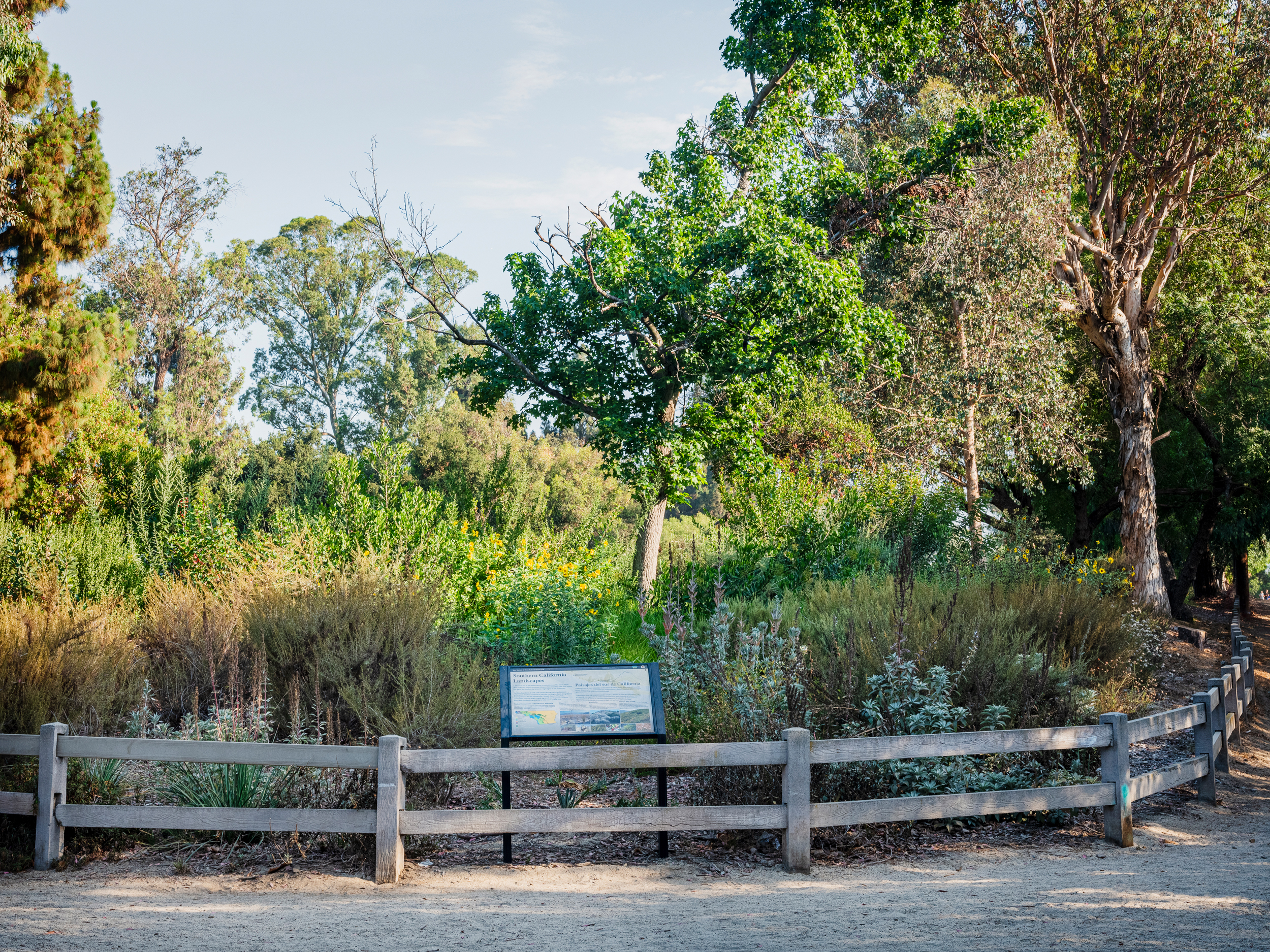
More information
Opening Hours of Griffith Park
5:00 AM – 10:30 PM
Griffith Park Visitor Center
4730 Crystal Springs Dr,
Los Angeles, CA 90027
9 AM- 2PM
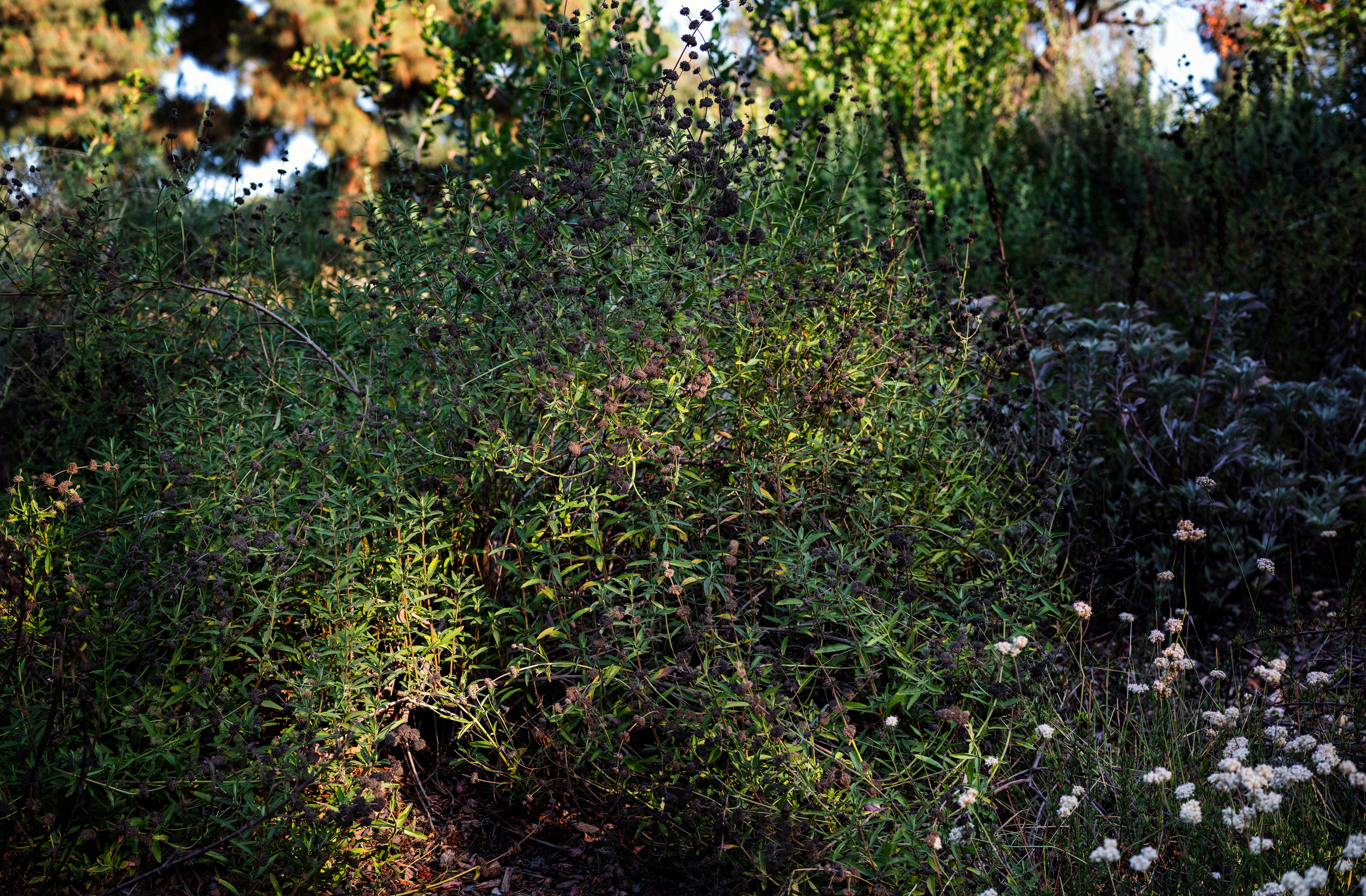
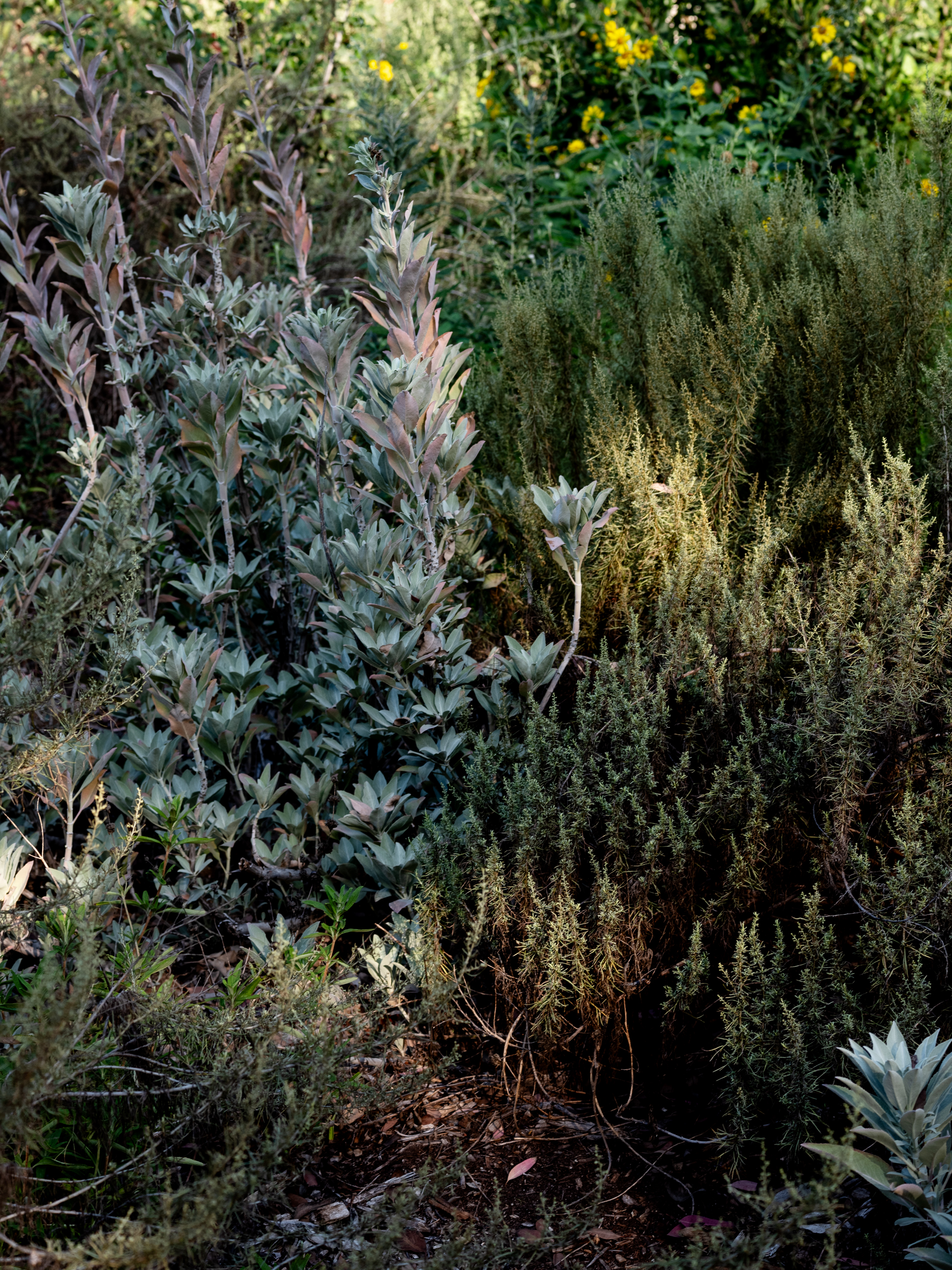
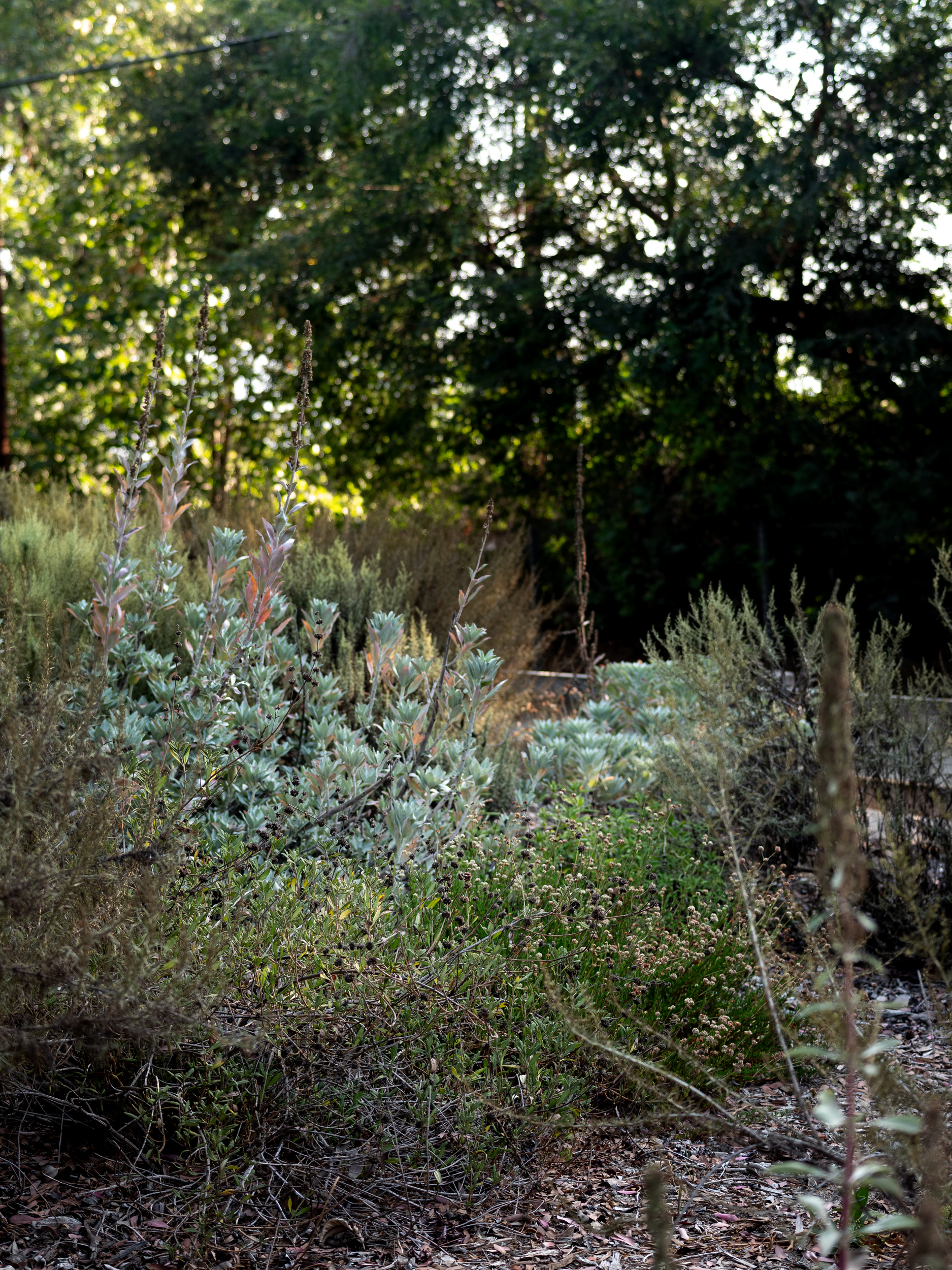
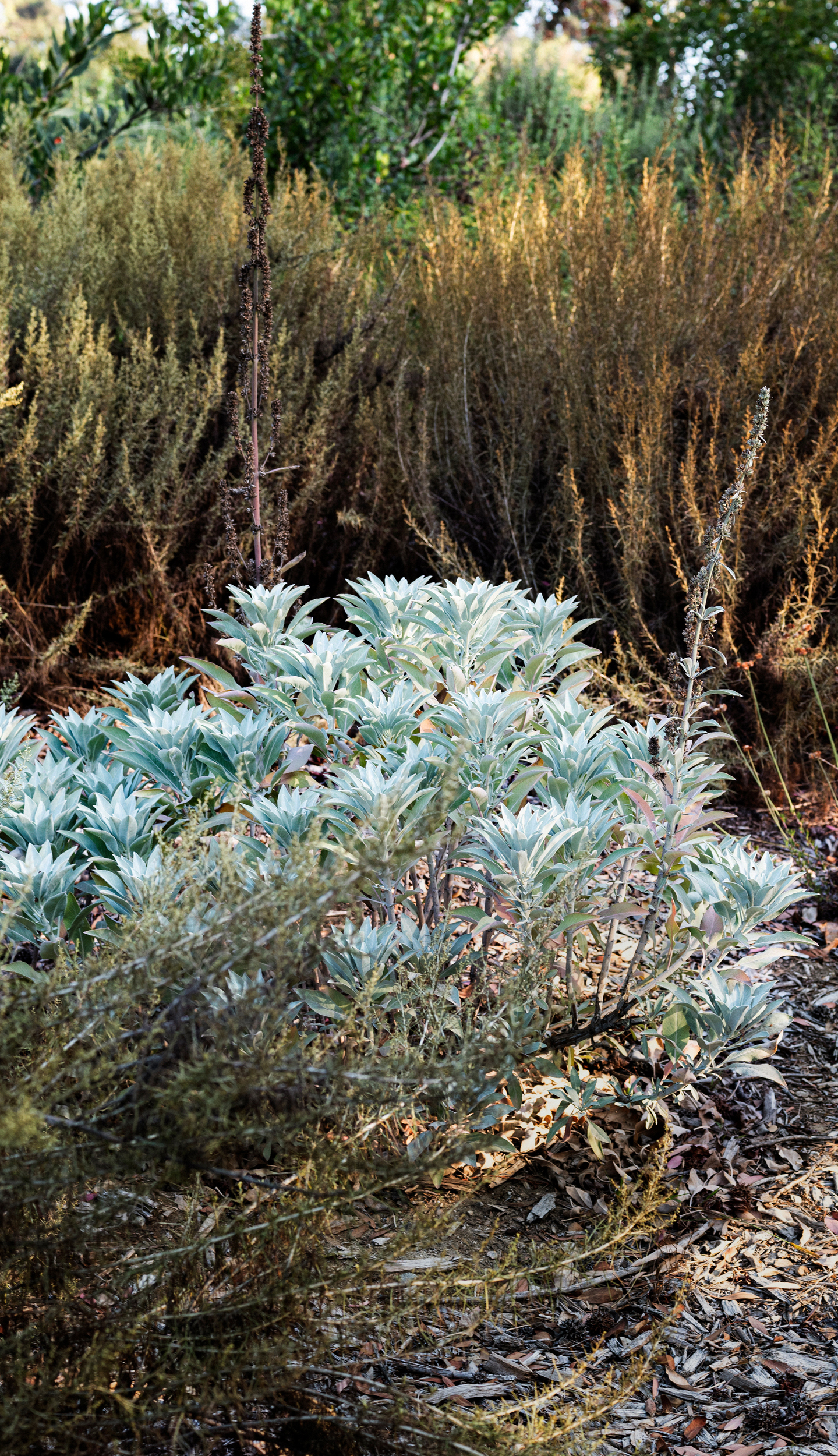
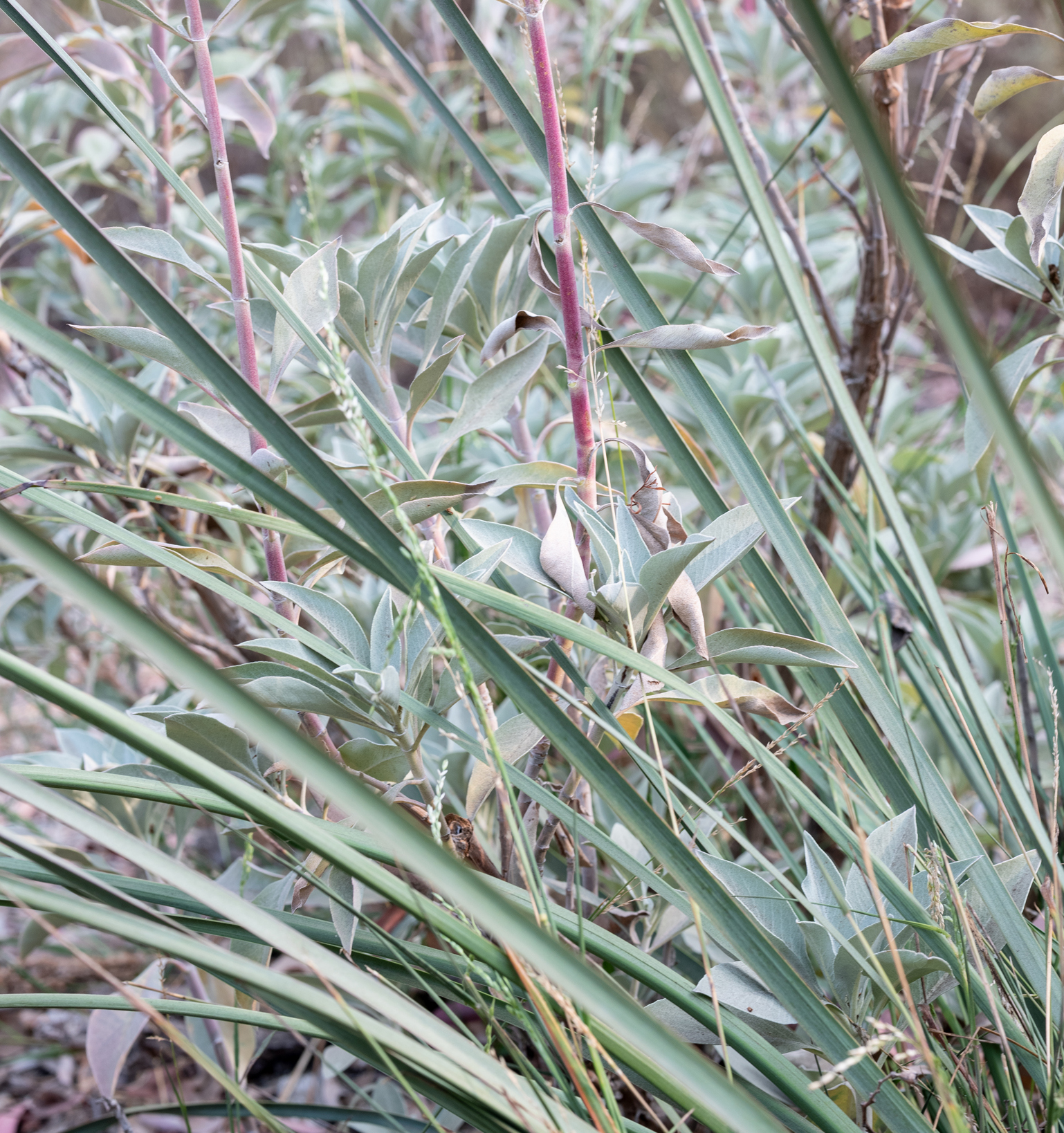
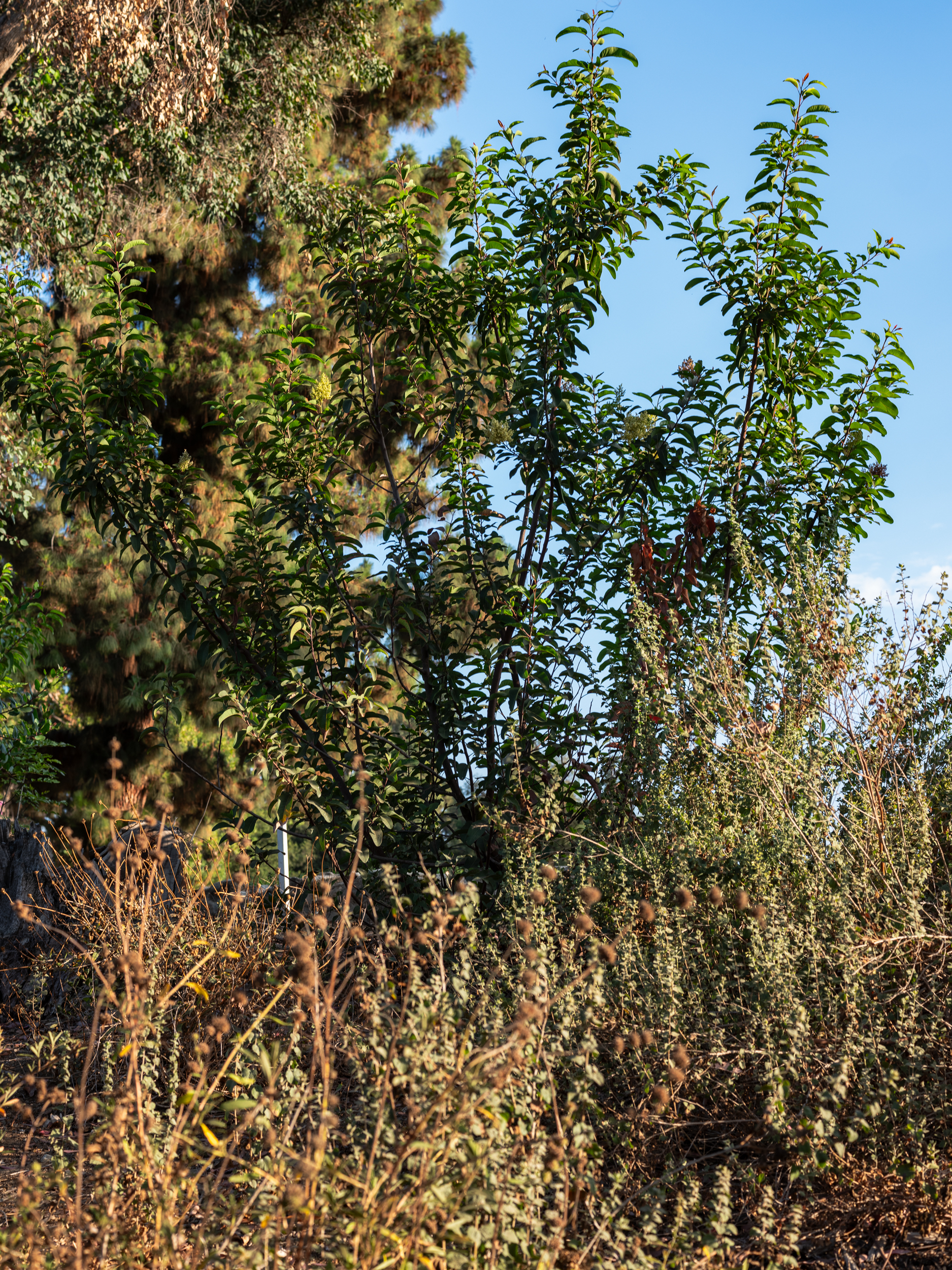
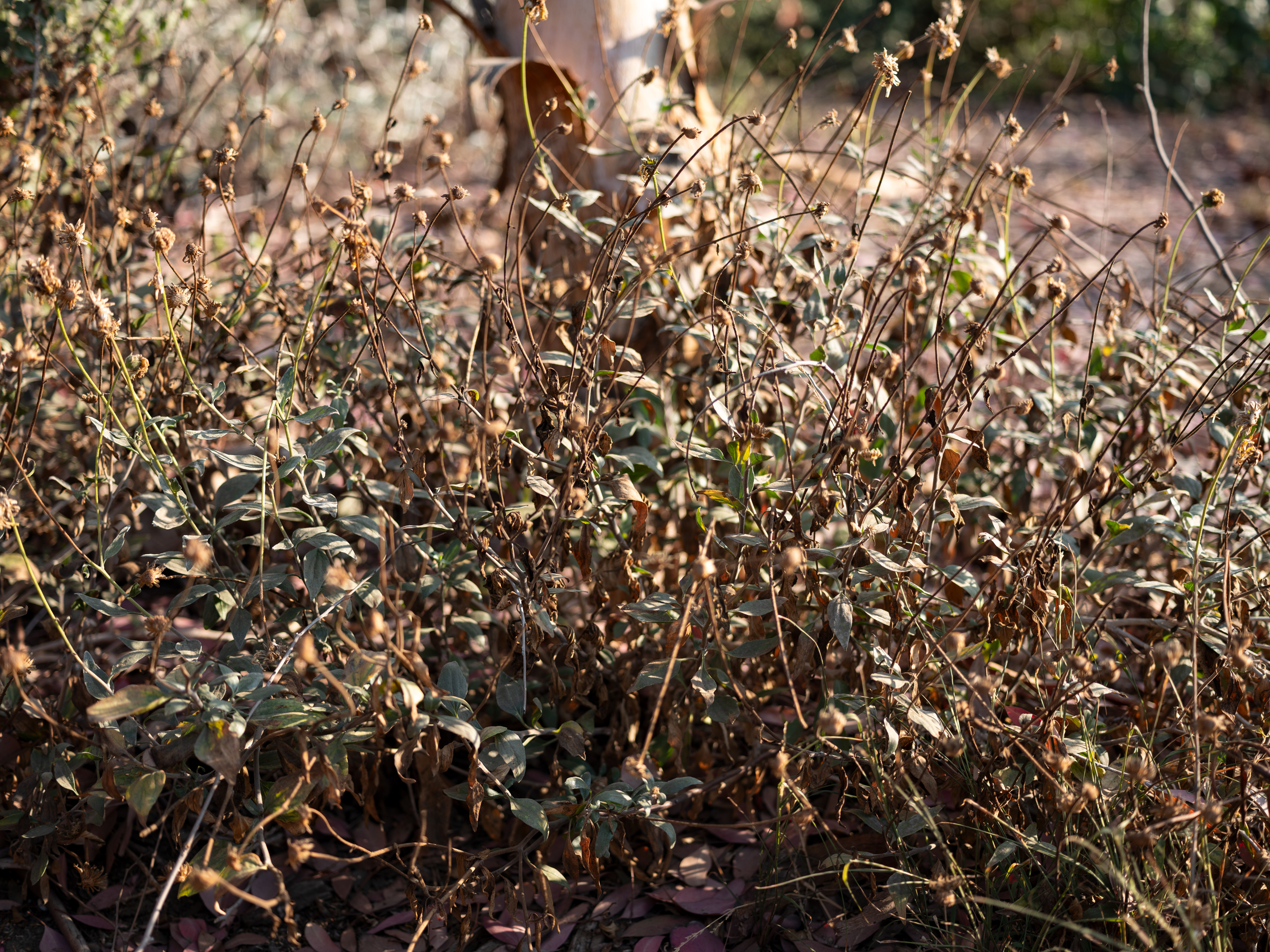
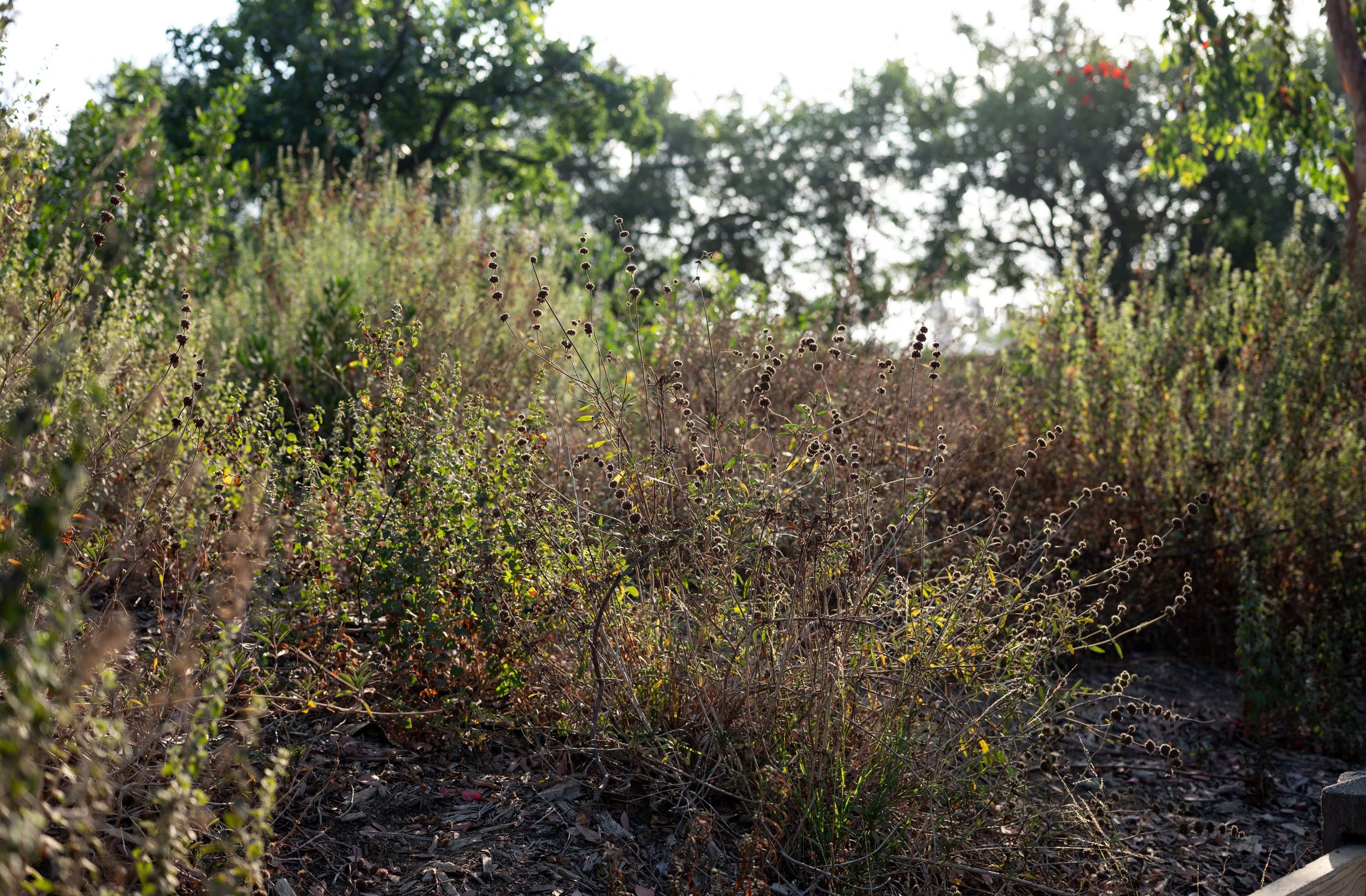
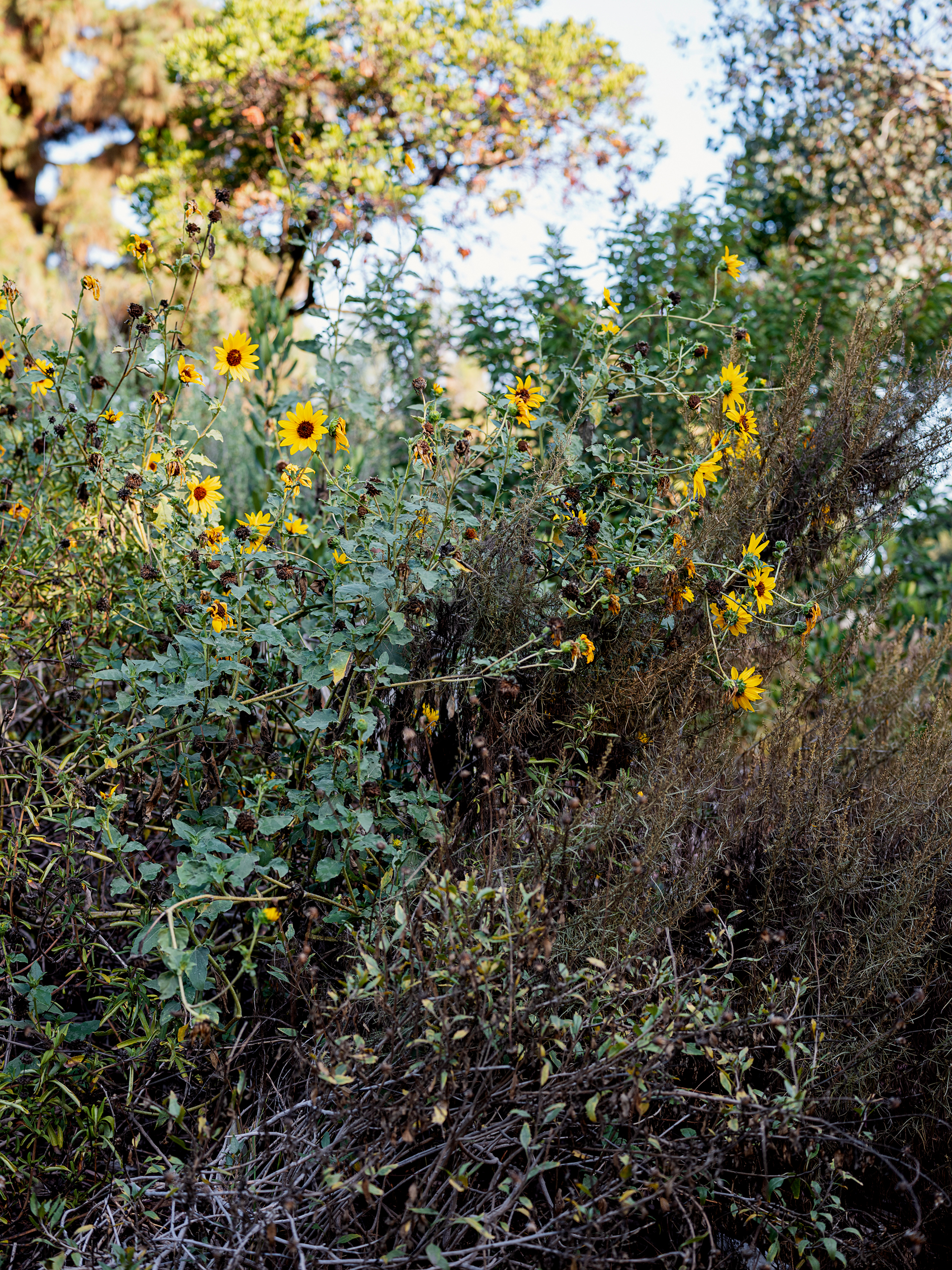
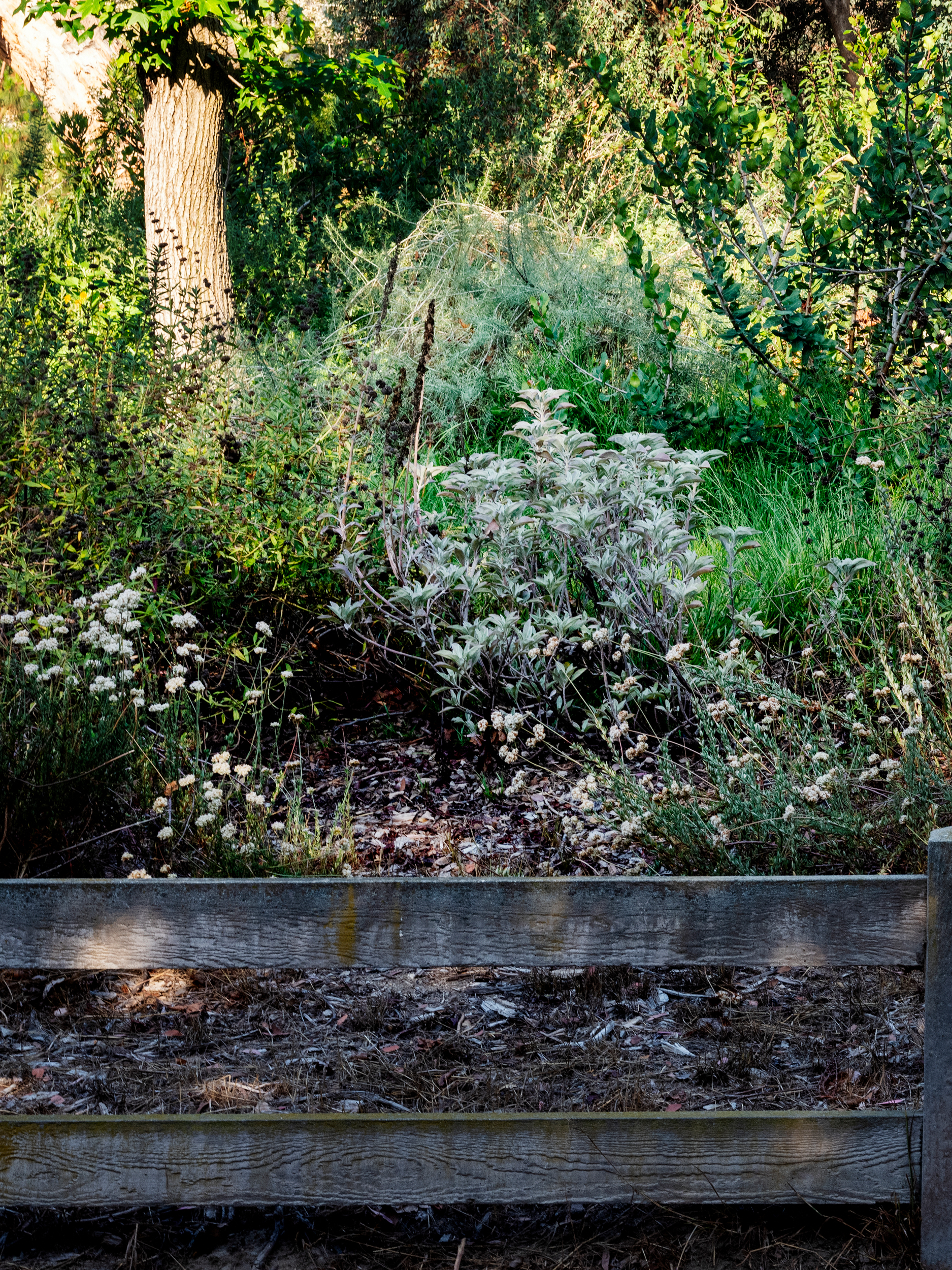
Anza Trail
Native Garden
4659 Crystal Springs Road
Los Angeles, CA 90027


Established:
2019
Size:
little
Features:
Historic Interest
Hiking trails
Picnic Areas
Los Angeles River
Best time to visit:
The Anza Trail Native Garden is best viewed in the late spring to early summer. This is when the buckwheats, sunflowers and white sage are blooming.
The Anza Trail Native Garden was created to restore the native vegetation that lived here prior to Spanish colonization. It occupies a small corner of the eastern side of Griffith Park. The garden is a collaboration with Friends of Griffith Park, the National Park Service, Grown in LA, and the Los Angeles Department of Recreation and Parks. It was designed by Katherine Pakradouni, from Grown in LA.
It is a cross section of our local soft chaparral. California sagebrush, white sage, coastal sunflowers, penstemons, black sage and California buckwheats are all found in this corner planting. (Keep in mind though, the eucalyptus and maple trees that are still a part of the space are not native.) While small, it still brings a breath of life back to an area cornered between the 5 and a golf course.
What is most striking about this small garden, is how its presence highlights the complicated history of the Anza Trail. The National Park Services Griffith Park Guide writes, “The 4-mile recreation trail in Griffith Park is one of the best places in the Los Angeles area to
It is a cross section of our local soft chaparral. California sagebrush, white sage, coastal sunflowers, penstemons, black sage and California buckwheats are all found in this corner planting. (Keep in mind though, the eucalyptus and maple trees that are still a part of the space are not native.) While small, it still brings a breath of life back to an area cornered between the 5 and a golf course.
What is most striking about this small garden, is how its presence highlights the complicated history of the Anza Trail. The National Park Services Griffith Park Guide writes, “The 4-mile recreation trail in Griffith Park is one of the best places in the Los Angeles area to
reflect on the legacy and impact of the historic Anza Expedition”. At first this may seem like a strange suggestion, considering that the trail spends a fair amount of its time alongside two major freeways, at one point being separated only by a narrow break of trees from the roar of the 5 freeway. It follows the course of the LA River and skirts around a large golf course. But, upon reflection, perhaps this is a perfect place to think about the effects of colonialism, of expansion, the dreams of the west and the damage that they caused.
“But, upon reflection, perhaps this is a perfect place to think about the effects of colonialism, of expansion, the dreams of the west and the damage that they caused.”
The garden gives us a small glimpse into the past. We see what has been lost and also in stark contrast what we have replaced it with. It asked the question of why we don’t have more native plants in the landscaping of the park. Why is this garden the exception and not the rule?



In October of 1775 a procession of people a mile long and half a mile wide traveled from Tubac, Arizona to colonize what would become San Jose, California. It was led by Juan Bautista de Anza, the captain of the Sonoran Tubac Presidio. Anza was commissioned by the Viceroy of New Spain, to gather a group of colonists and take them to the San Francisco bay. Anza gathered a group made of 240 soldiers and civilians, half of which were children, and a hundred head of livestock.
Their path took them to Mission San Gabriel and, from there, through what would become the Pueblo of Los Angeles. They did not stop there, however, and, instead, traveled north and camped by a river. This would one day be part of the Land Grant given to Corporal Jose Vicente Feliz, and would become known as Rancho Los Feliz. Anza and his party would then continue north, where they would eventually found a mission and a new Presidio.
The Juan Bautista de Anza National Historic Trail spans the 1,200 miles that were traveled between 1775 and
Their path took them to Mission San Gabriel and, from there, through what would become the Pueblo of Los Angeles. They did not stop there, however, and, instead, traveled north and camped by a river. This would one day be part of the Land Grant given to Corporal Jose Vicente Feliz, and would become known as Rancho Los Feliz. Anza and his party would then continue north, where they would eventually found a mission and a new Presidio.
The Juan Bautista de Anza National Historic Trail spans the 1,200 miles that were traveled between 1775 and
1776, four miles of which reside in Griffith Park. The Trail was designated a Historic Trail by Congress in 1990.
“Here, in what would become Los Angeles, they were guided by local Tongva people who had been living in the area for millennia. They guided the Spanish through their own paths and utilized their own understanding of the land.”
It is important to note, that the Trail the Anza Expedition took was not one that they forged themselves. It is often mentioned that the colonial mission would not have been so successful without the help of the Native Peoples they encountered. Here, in what would become Los Angeles, they were guided by local Tongva people who had been living in the area for millennia. They guided the Spanish through their own paths and utilized their own understanding of the land. However different it may have appeared to Western Europeans, It was not an empty wild California that Anza traveled through but an inhabited and managed landscape.

More information
Opening Hours of Griffith Park
5:00 AM – 10:30 PM
Griffith Park Visitor Center
4730 Crystal Springs Dr,
Los Angeles, CA 90027
9 AM- 2PM










Anza Trail Native Garden
4659 Crystal Springs Road
Los Angeles, CA 90027

Established:
2019
Size:
little
Features:
Historic Interest
Hiking trails
Picnic Areas
Los Angeles River
Best time to visit:
The Anza Trail Native Garden is best viewed in the late spring to early summer. This is when the buckwheats, sunflowers and white sage are blooming.
The Anza Trail Native Garden was created to restore the native vegetation that lived here prior to Spanish colonization. It occupies a small corner of the eastern side of Griffith Park. The garden is a collaboration with Friends of Griffith Park, the National Park Service, Grown in LA, and the Los Angeles Department of Recreation and Parks. It was designed by Katherine Pakradouni, from Grown in LA.
It is a cross section of our local soft chaparral. California sagebrush, white sage, coastal sunflowers, penstemons, black sage and California buckwheats are all found in this corner planting. (Keep in mind though, the eucalyptus and maple trees that are still a part of the space are not native.) While small, it still brings a breath of life back to an area cornered between the 5 and a golf course.
What is most striking about this small garden, is how its presence highlights the complicated history of the Anza Trail. The National Park Services Griffith Park Guide writes, “The 4-mile recreation trail in Griffith Park is one of the best places in the Los Angeles area to reflect on the legacy and impact of the historic Anza Expedition”.
It is a cross section of our local soft chaparral. California sagebrush, white sage, coastal sunflowers, penstemons, black sage and California buckwheats are all found in this corner planting. (Keep in mind though, the eucalyptus and maple trees that are still a part of the space are not native.) While small, it still brings a breath of life back to an area cornered between the 5 and a golf course.
What is most striking about this small garden, is how its presence highlights the complicated history of the Anza Trail. The National Park Services Griffith Park Guide writes, “The 4-mile recreation trail in Griffith Park is one of the best places in the Los Angeles area to reflect on the legacy and impact of the historic Anza Expedition”.

At first this may seem like a strange suggestion, considering that the trail spends a fair amount of its time alongside two major freeways, at one point being separated only by a narrow break of trees from the roar of the 5 freeway. It follows the course of the LA River and skirts around a large golf course. But, upon reflection, perhaps this is a perfect place to think about the effects of colonialism, of expansion, the dreams of the west and the damage that they caused.
“But, upon reflection, perhaps this is a perfect place to think about the effects of colonialism, of expansion, the dreams of the west and the damage that they caused.”
The garden gives us a small glimpse into the past. We see what has been lost and also in stark contrast what we have replaced it with. It asked the question of why we don’t have more native plants in the landscaping of the park. Why is this garden the exception and not the rule?

In October of 1775 a procession of people a mile long and half a mile wide traveled from Tubac, Arizona to colonize what would become San Jose, California. It was led by Juan Bautista de Anza,
the captain of the Sonoran Tubac Presidio. Anza was commissioned by the Viceroy of New Spain, to gather a group of colonists and take them to the San Francisco bay. Anza gathered a group made of 240 soldiers and civilians, half of which were children, and a hundred head of livestock.
Their path took them to Mission San Gabriel and, from there, through what would become the Pueblo of Los Angeles. They did not stop there, however, and, instead, traveled north and camped by a river. This would one day be part of the Land Grant given to Corporal Jose Vicente Feliz, and would become known as Rancho Los Feliz. Anza and his party would then continue north, where they would eventually found a mission and a new Presidio.
the captain of the Sonoran Tubac Presidio. Anza was commissioned by the Viceroy of New Spain, to gather a group of colonists and take them to the San Francisco bay. Anza gathered a group made of 240 soldiers and civilians, half of which were children, and a hundred head of livestock.
Their path took them to Mission San Gabriel and, from there, through what would become the Pueblo of Los Angeles. They did not stop there, however, and, instead, traveled north and camped by a river. This would one day be part of the Land Grant given to Corporal Jose Vicente Feliz, and would become known as Rancho Los Feliz. Anza and his party would then continue north, where they would eventually found a mission and a new Presidio.

The Juan Bautista de Anza National Historic Trail spans the 1,200 miles that were traveled between 1775 and 1776, four miles of which reside in Griffith Park. The Trail was designated a Historic Trail by Congress in 1990.
“Here, in what would become Los Angeles, they were guided by local Tongva people who had been living in the area for millennia. They guided the Spanish through their own paths and utilized their own understanding of the land.”
It is important to note, that the Trail the Anza Expedition took was not one that they forged themselves. It is often noted that the colonial mission would not have been so successful without the help of the Native Americans they encountered. Here in what would become Los Angeles, they were guided by local Tongva people who had been living in the area for millennia. They guided the Spanish through their own paths and utilized their own understanding of the land. However different it may have appeared to Western Europeans, It was not an empty wild California that Anza traveled through but an inhabited and managed landscape.


More information
Opening Hours of Griffith Park
5:00 AM – 10:30 PM
Griffith Park Visitor Center
4730 Crystal Springs Dr,
Los Angeles, CA 90027
9 AM- 2PM



